Hello, coffee lovers! Today, let’s dive into the fascinating world of coffee. More than just a beverage, coffee is steeped in rich history and culture, offering a plethora of ways to enjoy it—from selecting the right beans to the various brewing methods. By the end of this article, you’ll have a deeper understanding of coffee that will enhance your enjoyment. So, stick with us till the end!
We’ll explore everything from the origins and cultural significance of coffee to how to choose the right beans, the roasting process, and the different brewing techniques. After reading this, you can expect your coffee experience to become even richer and more enjoyable. Ready to plunge into the world of coffee?
- Discover the origins and cultural significance of coffee
- Understand how to select beans and the roasting process
- Get tips for enjoying various brewing methods
The History and Evolution of Coffee
Coffee is more than just a beverage; it carries a rich history and deep cultural significance. Its origins date back to ancient times, shrouded in various legends and stories. Loved across the globe, coffee has developed unique cultural practices in different regions. In this article, we will delve into the origins and legends of coffee, as well as explore the coffee cultures from various countries, so stay tuned!
The Origins and Legends of Coffee
There are many theories about the origins of coffee, but the most famous one comes from the Kaffa region of Ethiopia. According to legend, a shepherd named Kaldi discovered coffee when he noticed that his goats became energetic after eating the berries from a coffee tree. This discovery sparked the spread of coffee among people.
Coffee eventually made its way to the Arabian Peninsula, where it became immensely popular among Muslims. Drinking coffee took on a significant social role, leading to the establishment of café culture. Coffee transformed from just a drink into an important connector among people.
- Numerous legends surround the origins of coffee
- The legend of Kaldi is particularly well-known
- Coffee created social spaces
Coffee Cultures Around the World
Coffee has nurtured different cultural practices across regions. For instance, in Turkey, there is a tradition of brewing strong coffee using special equipment. Italy is known for its espresso culture, which emphasizes enjoying a rich flavor in a short amount of time. Meanwhile, in Nordic countries, coffee breaks are cherished as essential moments for relaxation.
As such, coffee cultures around the world are incredibly diverse, deeply rooted in the lives of people in each country and region. It’s fascinating how coffee can open the door to understanding different cultures and customs.
- The rich coffee culture of Turkey
- The espresso culture of Italy
- The significance of coffee time in Nordic countries
Choosing Coffee Beans: Why It Matters
When it comes to enjoying a great cup of coffee, selecting the right beans is crucial. By understanding the different types and characteristics of coffee beans, you can discover the perfect brew for your taste. Additionally, knowing how to store your beans properly is essential for maintaining their freshness and flavor over time. Let’s dive into how to choose and store coffee beans effectively.
Types of Coffee Beans and Their Characteristics
There are primarily two types of coffee beans: Arabica and Robusta. Arabica beans are known for their rich acidity and aromatic qualities, offering a delicate flavor profile. On the other hand, Robusta beans are characterized by their strong bitterness and full-bodied richness. Each type has its own unique traits, so it’s important to choose the beans that align with your personal preferences.
The roast level also significantly affects the flavor. Lightly roasted beans highlight fruity acidity, medium roasts achieve a balanced taste, while dark roasts are known for their robust bitterness. Depending on the flavor you’re after, your choice of beans will vary.
- Coffee beans come in Arabica and Robusta varieties.
- Arabica beans are rich in acidity, while Robusta beans have a stronger bitterness.
- The roast level alters the flavor profile.
How to Keep Your Beans Fresh
To maintain the freshness of your coffee beans, proper storage is key. First and foremost, store your beans in a cool, dark place away from direct sunlight. It’s also crucial to protect them from moisture and air exposure, so using an airtight container is highly recommended. This way, you can enjoy your coffee’s flavor for an extended period without compromising quality.
Additionally, once coffee beans are ground, they start to oxidize, which can affect the taste. It’s best to grind your beans just before brewing to experience the freshest coffee possible. By paying close attention to your bean selection and storage methods, you can enhance your overall coffee experience.

If you found this article interesting, you might also enjoy “A Comprehensive Guide to Choosing and Brewing Really Delicious Coffee Beans.” It’s packed with detailed insights on selecting beans, roasting techniques, and brewing methods to elevate your coffee life even further.
- Store coffee beans in a cool, airtight container.
- Avoid direct sunlight and humidity.
- Using freshly ground beans allows you to savor the best flavors.
The Science of Roasting and Its Impact
One of the key factors that influence the flavor of coffee is roasting. This process involves heating green coffee beans to bring out their aroma and taste. Through roasting, the color and flavor of the beans undergo significant transformation. Understanding the roasting process can help you discover your favorite coffee. In this article, we’ll take a closer look at the basics of roasting and how different roasting levels affect flavor.
The Basics of the Roasting Process
Roasting begins with heating coffee beans at a specific temperature. During this process, moisture inside the beans evaporates, and starches are converted into sugars. Additionally, heat triggers chemical reactions that develop the beans’ aroma and flavor.
Roasting occurs in stages, starting from the “green bean stage,” moving to “light roast,” then “medium roast,” and finally “dark roast.” At each stage, the beans’ color and aroma change, and the final roasting level you choose will depend on your personal preference.
- Roasting is the process of heating beans to extract aroma
- Moisture evaporates, and sugars are formed
- The roasting process is staged, with each stage offering different flavors
Flavor Differences by Roasting Level
The roasting level has a profound impact on the taste of coffee. Lightly roasted beans are characterized by their fruity acidity and bright flavor. In contrast, medium roast beans provide a balanced taste, where aroma and body coexist harmoniously. Dark roasted beans, on the other hand, deliver a bold bitterness, often accompanied by a hint of sweetness.
With the flavor variations that come from different roasting levels, selecting one that suits your taste is essential. By grasping the roasting process, you can enhance your coffee experience. Be sure to experiment with various roasting levels to find your perfect match.
- Light roast offers fruity acidity
- Medium roast provides a balanced flavor
- Dark roast is known for its bold bitterness
Exploring the Diversity and Enjoyment of Coffee Brewing Methods
Coffee enjoyment goes beyond just selecting beans and roasting them; the brewing method plays a significant role in shaping the flavor and aroma of your cup. With various brewing techniques like drip and espresso, each method offers its own unique appeal. Discovering your preferred brewing style can elevate your daily coffee routine into something truly special. In this article, we’ll delve into the differences between drip coffee and espresso, and share some recommended brewing methods you can easily try at home.
The Differences Between Drip Coffee and Espresso
Drip coffee is brewed by slowly pouring hot water over coffee grounds, allowing the flavors to fully extract over time. This method results in a smooth, mellow taste that’s easy to enjoy. One of the great things about drip coffee is that you can tweak the water temperature and extraction time to tailor the flavor to your liking.
On the other hand, espresso is made by forcing hot water through coffee grounds at high pressure, resulting in a rich, concentrated brew in a short amount of time. Espresso is known for its intensity and the creamy layer of foam called crema that forms on top. Because of its bold flavor, espresso serves as the perfect base for a variety of drinks like lattes and cappuccinos. Each brewing method has its own distinct charm, allowing you to savor coffee in ways that suit your personal taste.
- Drip coffee offers a smooth, mellow flavor through slow extraction
- Espresso provides a rich, concentrated coffee experience under high pressure
- Enjoy different flavor profiles with each brewing method
Recommended Brewing Methods for Home Enjoyment
There are plenty of brewing methods you can try at home, but two of the most recommended are the French press and hand drip. The French press uses coarsely ground coffee steeped in hot water, extracting oils and flavors beautifully. It’s perfect for those who love a full-bodied coffee experience.
Hand drip brewing is a convenient method that allows you to adjust the coffee grounds to your preference. By experimenting with the pouring technique and extraction time, you can explore a range of coffee flavors. Embrace your unique style and enjoy your coffee moments at home!
- The French press delivers a rich coffee experience
- Hand drip brewing lets you customize the flavor to your liking
- Explore various brewing methods to expand your coffee enjoyment
Conclusion
In this article, we explored the rich world of coffee from various angles. We delved into its history and culture, discussed how to choose the right beans, explained the roasting process, and covered different brewing methods. By understanding how each step and choice impacts the final flavor of coffee, we hope to have provided you with a deeper coffee experience.
Finding the coffee that suits you best involves experimenting with bean selection, roast levels, and brewing techniques. Enjoy the journey as you build your unique coffee lifestyle. The world of coffee is vast, and the more you explore, the more discoveries await you.
- Gaining a deeper understanding through knowledge of coffee’s history and culture
- Recognizing how bean selection and roast levels affect flavor
- Enjoying coffee tailored to your preferences by trying various brewing methods
We encourage you to find your own perfect coffee and savor delightful coffee moments. We’d love to hear about your coffee experiences, so feel free to share your thoughts in the comments!





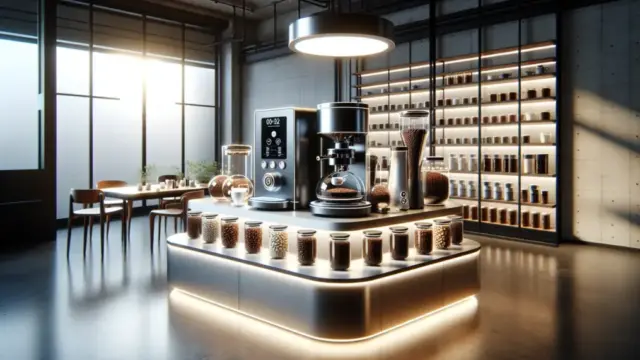



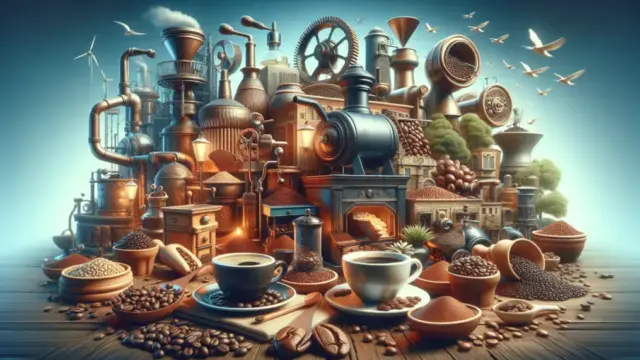






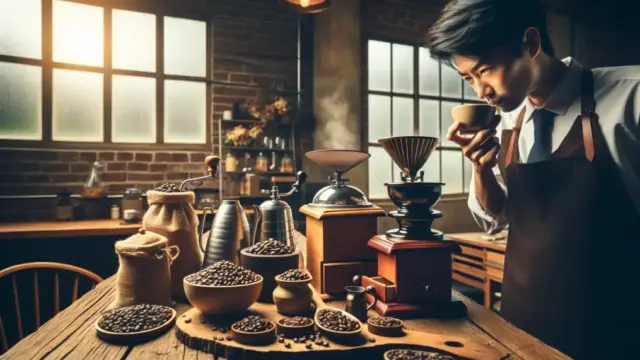



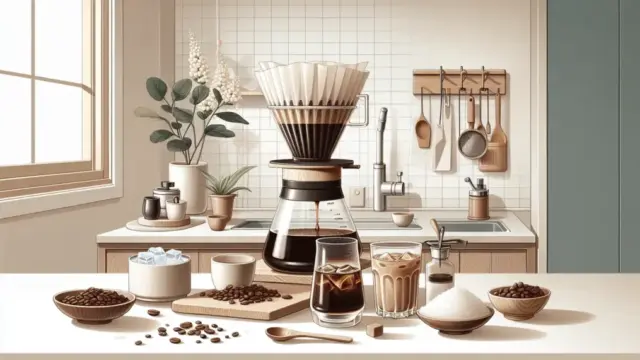



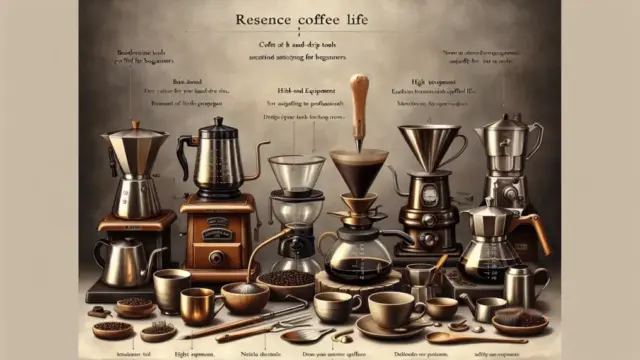



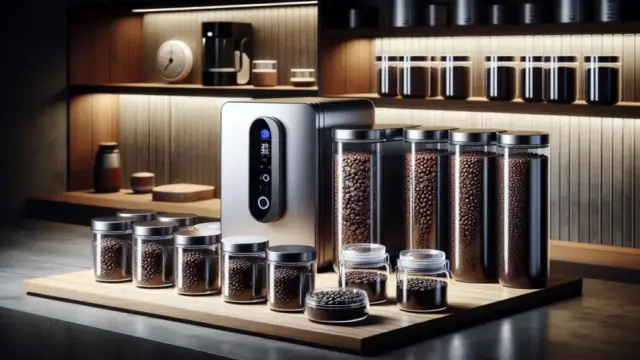

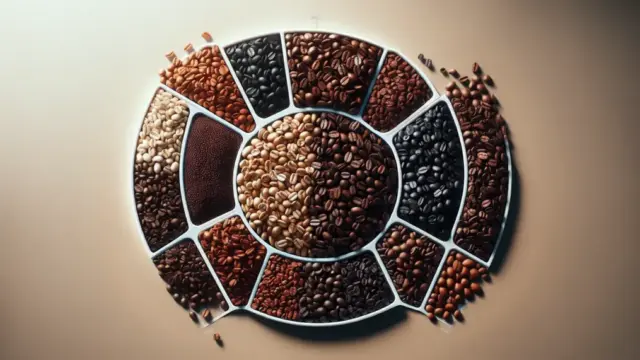



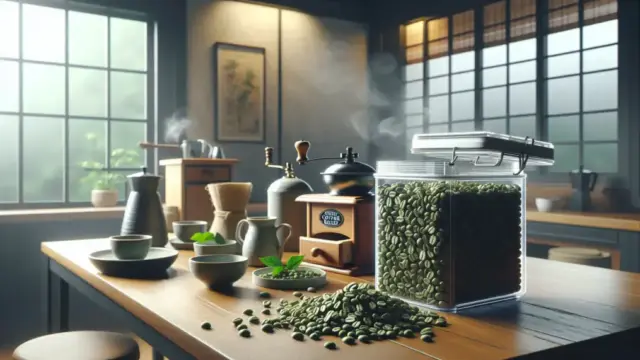


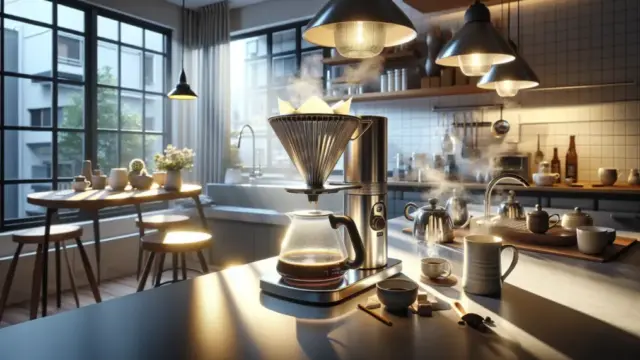




















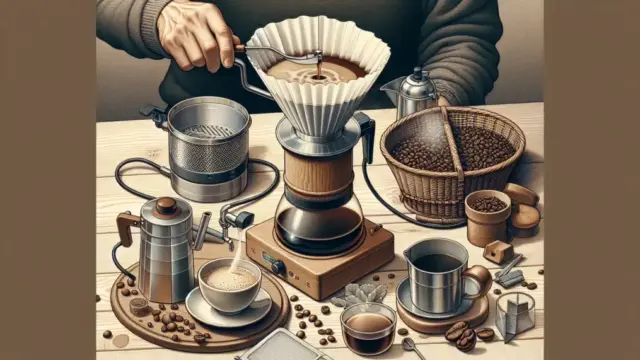













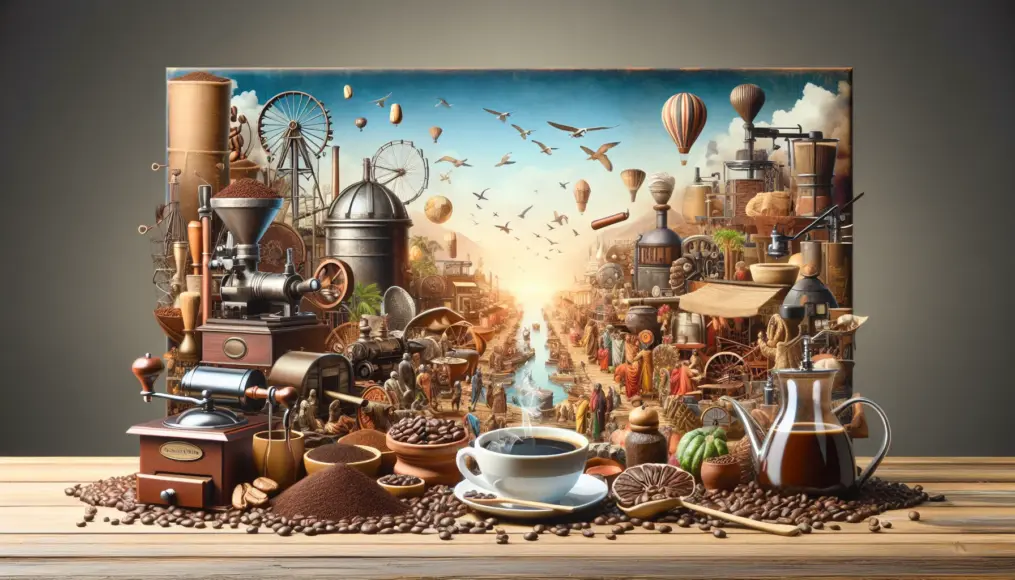
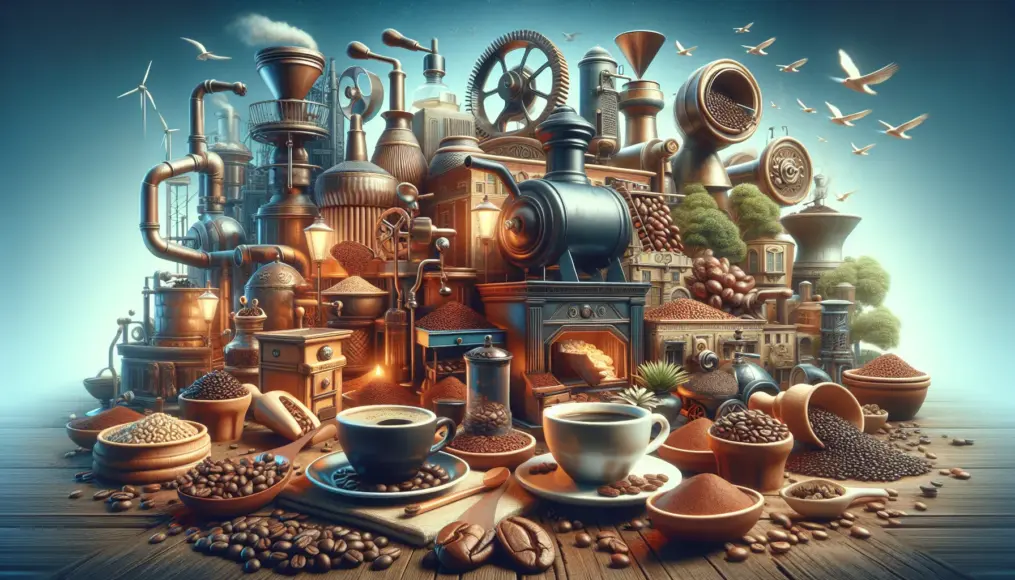
Comment